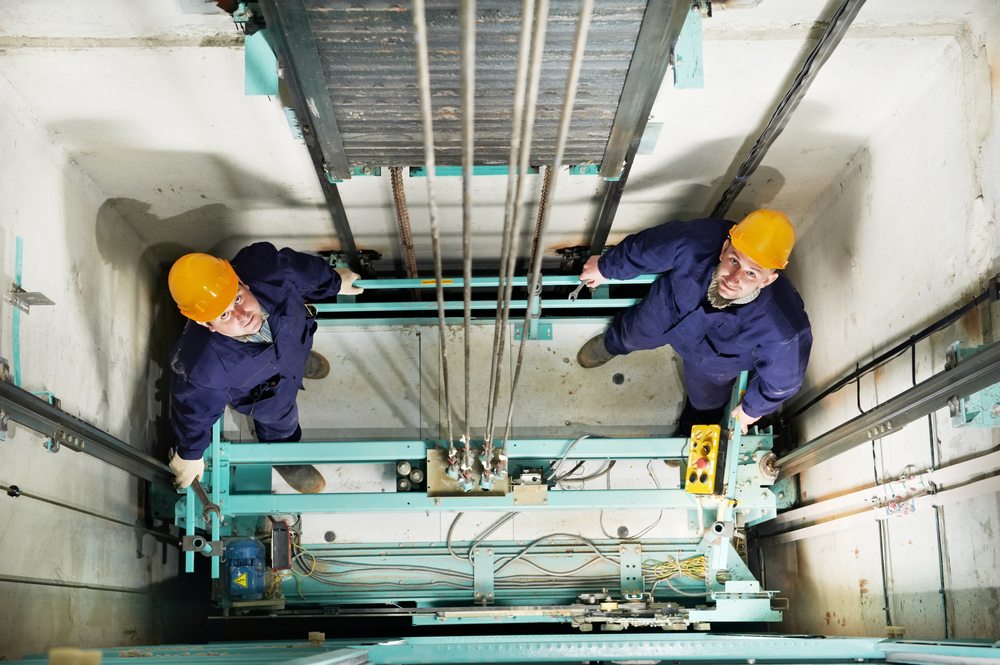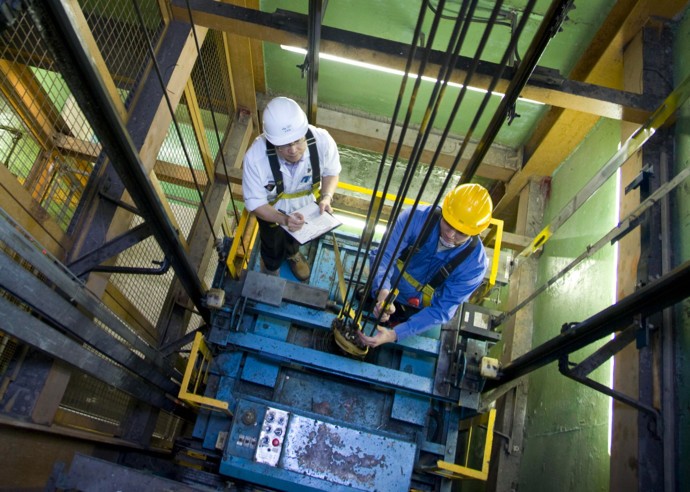Specialist Lift and Engineering Services Tailored to Your Demands
Specialist Lift and Engineering Services Tailored to Your Demands
Blog Article
Checking Out the Comprehensive Procedures Required for Lift Upkeep
In the world of building upkeep, ensuring the appropriate performance and safety of lifts is vital. By resolving key elements such as aggressive upkeep schedules, security checks, and emergency situation readiness, an extensive understanding of the ins and outs entailed in lift maintenance can lead to enhanced effectiveness and security.
Normal Examinations
When it comes to guaranteeing the long life and security of your lift system, normal examinations are paramount. These routine checks play a vital duty in recognizing any kind of prospective problems before they escalate into significant troubles, ensuring the smooth and risk-free operation of the lift. By carrying out regular evaluations, maintenance teams can proactively address wear and tear, faulty elements, or any type of other issues that may endanger the lift's efficiency or safety and security.
Throughout these assessments, trained experts thoroughly analyze various facets of the lift system, consisting of mechanical elements, electrical systems, safety attributes, and total structural integrity (lift and engineering services). They look for indications of wear, corrosion, leakages, or any type of anomalies that can suggest an issue. Additionally, they verify that all safety devices are working correctly and in conformity with guidelines. By discovering and dealing with concerns early, these evaluations help protect against expensive repairs, downtime, or safety and security risks, inevitably prolonging the life-span of the lift system and making sure the well-being of its individuals.
Aggressive Upkeep Schedules
Carrying out aggressive maintenance schedules is necessary for making the most of the performance and long life of lift systems. By adhering to a positive upkeep approach, lift owners can attend to prospective issues before they rise right into significant issues, eventually lowering downtime and pricey fixings.
A well-structured aggressive maintenance schedule should lay out particular tasks, regularities, and accountable personnel. It is essential to follow manufacturer referrals and market standards when developing these schedules to make certain the lift operates securely and effectively. In addition, documenting upkeep activities and maintaining comprehensive documents can provide beneficial insights right into the lift's efficiency gradually, aiding in determining fads and making notified maintenance choices.

Security Conformity Checks
Making sure safety conformity through detailed checks is extremely important in keeping lift systems' dependability and protecting user wellness. Safety conformity checks entail an extensive evaluation of various components, consisting of electrical systems, mechanical components, emergency situation brakes, doors, and various other important safety and security functions. These checks are important to determine any prospective threats or breakdowns that could jeopardize the lift's procedure and placed users in jeopardy.
Routine safety and security conformity checks should be carried out by qualified technicians in adherence to industry policies and requirements. These checks aid in spotting problems early, permitting prompt repair work and precautionary upkeep procedures to be applied. In addition, keeping in-depth documents of safety and security conformity checks is critical for tracking the lift system's performance over time and demonstrating conformity with safety regulations.
Tools Upgrades and Innovation
Enhancing lift systems with devices upgrades and modernization is important for boosting effectiveness and safety criteria in vertical transportation. As modern technology advancements, older lift systems might come to be out-of-date, causing decreased integrity and prospective safety and security dangers. By investing in tools upgrades and modernization, structure owners can guarantee that their lifts meet existing industry criteria and policies.

Along with operational benefits, tools upgrades and modernization jobs can additionally enhance the aesthetics of the lift, supplying a more appealing and modern-day experience for passengers. Eventually, purchasing lift upgrades and innovation is a proactive technique in the direction of ensuring the durability, safety and security, and performance of vertical transportation systems.
Emergency Situation Readiness Preparation
An effective emergency situation preparedness plan is vital for making certain the safety and swift reaction in case of unexpected events including lift systems. Emergency situation readiness preparation for lift systems entails a systematic approach to reduce risks, guarantee traveler security, and reduce downtime throughout emergency situations.
Trick parts of an emergency situation readiness strategy for lifts consist of clear communication procedures, routine training for lift operators on emergency procedures, and routine from this source drills to test the performance of the strategy. lift and engineering services. Furthermore, the plan should outline specific duties and duties for all stakeholders entailed, consisting of building management, maintenance employees, and emergency -responders
In the occasion of a lift breakdown or entrapment, having a well-defined emergency strategy can aid in working with a efficient and punctual feedback to make sure the security and health of guests. Prompt communication, access to emergency tools such as communication tools and emergency situation lighting, and knowledge of emptying procedures are essential facets of a comprehensive emergency situation readiness plan for lift systems. By focusing on emergency readiness planning, structure managers can boost the general safety and dependability of their lift systems.
Conclusion
In verdict, the thorough procedures required for lift maintenance include routine inspections, positive maintenance routines, safety and security conformity checks, equipment upgrades and modernization, and emergency preparedness planning. These steps are essential for ensuring the safety, integrity, and efficiency of lifts in various settings. By executing these procedures, lift owners can lessen the risk of crashes, prolong the life-span of their tools, and follow market laws.

During these assessments, educated professionals completely check out various facets of the lift system, including mechanical elements, electrical systems, security attributes, and overall structural stability.Making sure safety and security compliance through complete checks is critical in maintaining lift Visit This Link systems' dependability and securing customer health. Maintaining thorough documents of safety compliance checks is essential for tracking the lift system's performance over time and demonstrating compliance with safety policies.
By prioritizing emergency readiness preparation, structure supervisors can boost the total safety and security and integrity of their lift systems.
Report this page